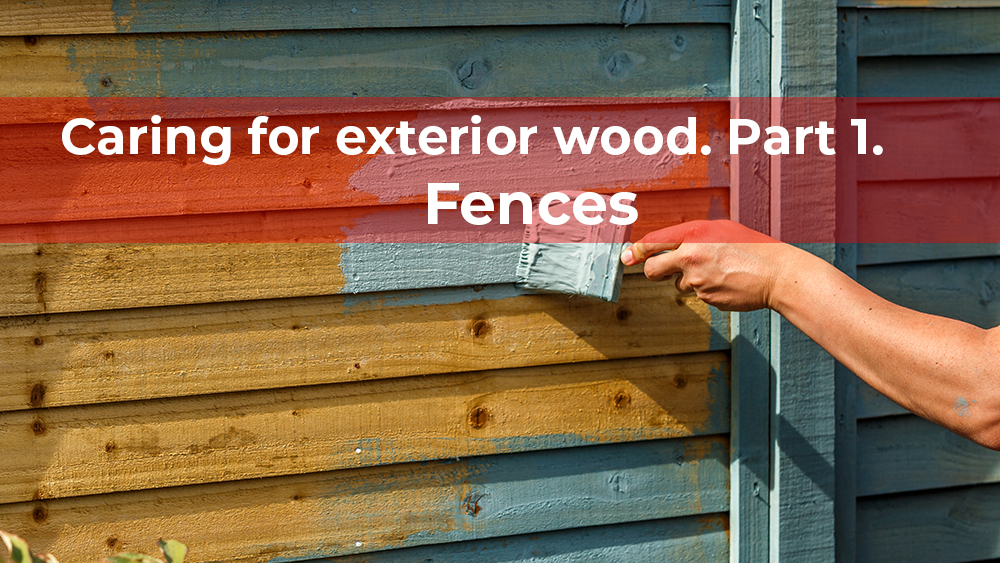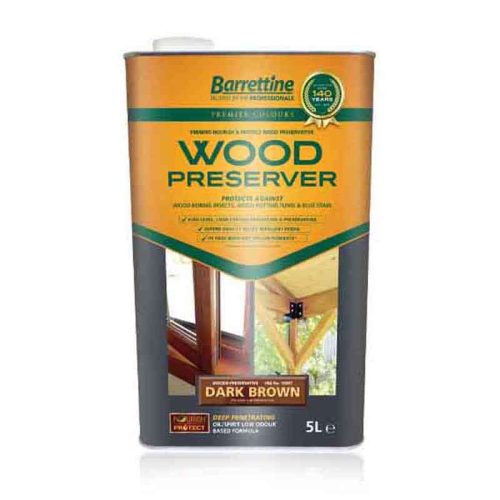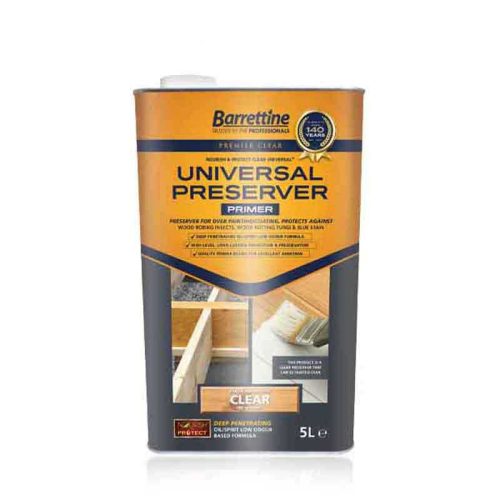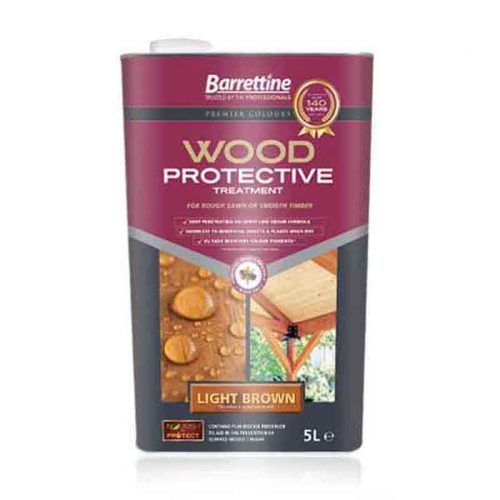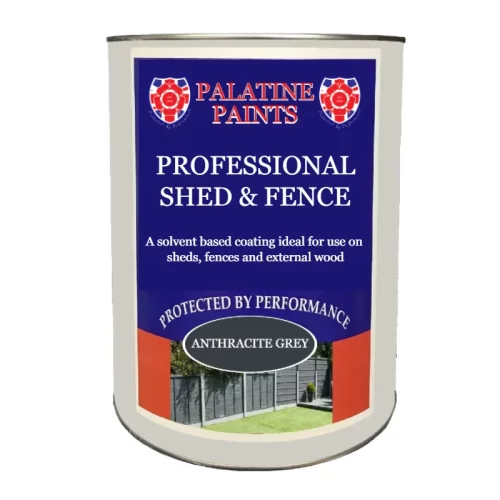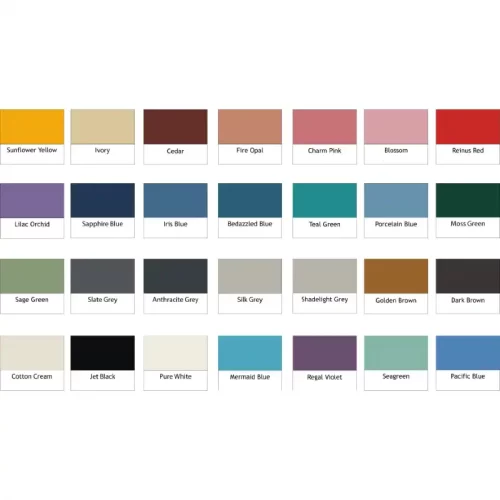All Blogs, Priming and Protecting, Varnish and Wood Oils, Weatherproofing
Looking After Exterior Wood: Part 1, Fences
There is such a vast array of exterior wood treatments, preservers, oils and ‘protectors’ that it can be confusing to know just what to choose for the best.
Because it’s a natural material, maintaining the beauty of wood can be something of a challenge. We’ve created a series of guides to make looking after the wood at your home or business property easier.
This guide (number 1 in the series) relates to wooden fences.
Looking after your wooden fence
Fencing comes in many forms including not only the most common: lap panel, close board and picket style, but also the sturdy farm/agricultural fences and ornamental willow weave or trellising styles.
Being outdoors, fences are subjected everything our fast changing climate can throw at them.
From torrential downpours, to harsh frosts, to strong sunshine; these elements combine to make life tough for your fence. Consequently, wooden fences need a bit of care in order to prevent damage from moisture, wood rot, mould, algae, UV rays, insects and more.
Wood Preserver on Fences
Wooden fencing often comes ‘pretreated’ with chemical preservers to ‘preserve’ the wood and prevent damage from rot and burrowing insects. If they’re pressure treated, the preserver will have been forced further into the wood than normal application would achieve, making the preserver more effective.
Even so, pre-treated wooden fence panels will still need re-treating every 3 to 4 years. If your wooden fence is untreated, it will need treatment with a wood preserver straight away.
Wood that hasn’t been pressure treated will need re-treatment more frequently…perhaps every 1 to 2 years.
What happens if you don’t bother to apply wood preserver and leave the fence as natural bare wood? It simply won’t last as long, so will end up costing you more.
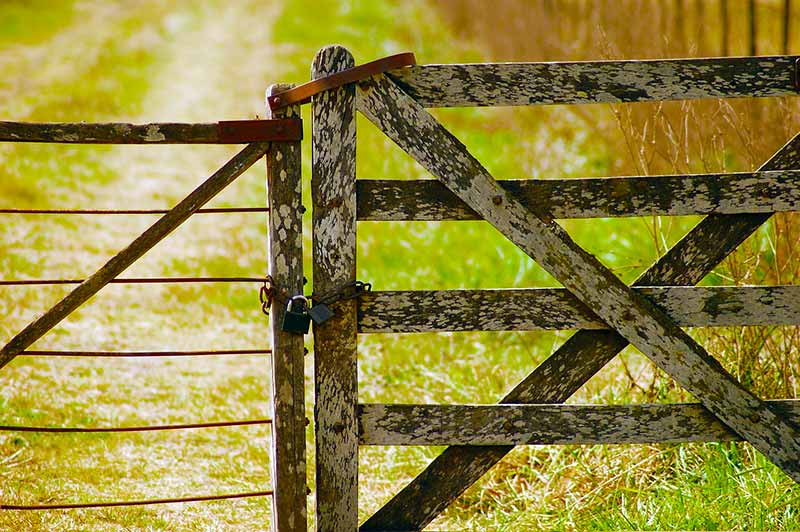
Just wood preserver – is it enough?
Can you get by with just wood preserver? In some instances yes, especially where you’re able to re-treat frequently.
Farmers, for example, treat fences annually with creosote or similar preservers as part of a regular maintenance schedule. There are reasons why additional products might be needed as well as a wood preserver.
Wood preserver won’t necessarily prevent the ‘greying’ that occurs from exposure to sunlight and will not always provide the colour or finish of your choice, nor will it give additional protection against moisture.
In an ideal world, wood preserver should be overcoated with a suitable product such as a dedicated protective treatment or a wood oil. Even a varnish or paint can help give this additional protection (sealing in the preserver), if that type of finish is what you’re after.
Which Wood Preserver to Choose for your Fence
There are lots on the market of varying qualities and prices. Which one you choose may depend on:
- Budget
- Time available
- Timber type
- Fence size
- What/if you tend to overcoat it with
- Finish/Appearance required
Here are some of the wood preservative products we supply and how they might be used:
Creosote and Creocote
Creosote was formerly widely used in all sorts of areas but sale is now restricted to commercial use. See here for more information
It’s a cost effective preserver for use on rougher timbers where there is no risk of frequent skin contact and is good for combatting wood-destroying insects and wood-rotting fungi.
We can only supply this to commercially registered organisations.
Creocote is a creosote substitute that is good economical solution for rough sawn and smooth timbers. It has a traditional finish in light or dark brown.
Barrettine Premier Wood Preserver
This is a premier quality, preservative which protects against wood destroying fungi (wet rot), wood discolouring fungi and wood boring insects. The finish is semi-transparent matt/satin finish so is good if you want to see the natural texture of the wood. It’s suitable for use on pressure treated wood and untreated wood and does not require over sealing for wood protection. It also comes in a range of natural wood effect colours.
Barrettine Universal Preserver
This is a colourless wood preservative containing quality primer resins, suitable for untreated wood or treated timber outdoors.
Looking for a more decorative and protective finish?
If you would like additional protection for your fence but don’t want a traditional finish offered by a wood treatment, consider a barn paint or even a solvent based protective topcoat like our Palatine Professional Shed and Fence paint.
We have just introduced this paint to our range, based on our popular Palatine Professional Matt paint.
Our shed and fence paint is a superior alternative to more modern economical versions and gives great opacity and has double the coverage capability of similar products. The feedback has been incredible, stay posted for pictures and comments.
Contacting us is easy!
Email: [email protected]
Call Us: 01942 884 122
Contact form: https://www.palatinepaints.co.uk/contact-us
Live Chat Service: Press the small blue icon at the bottom left of your screen.

